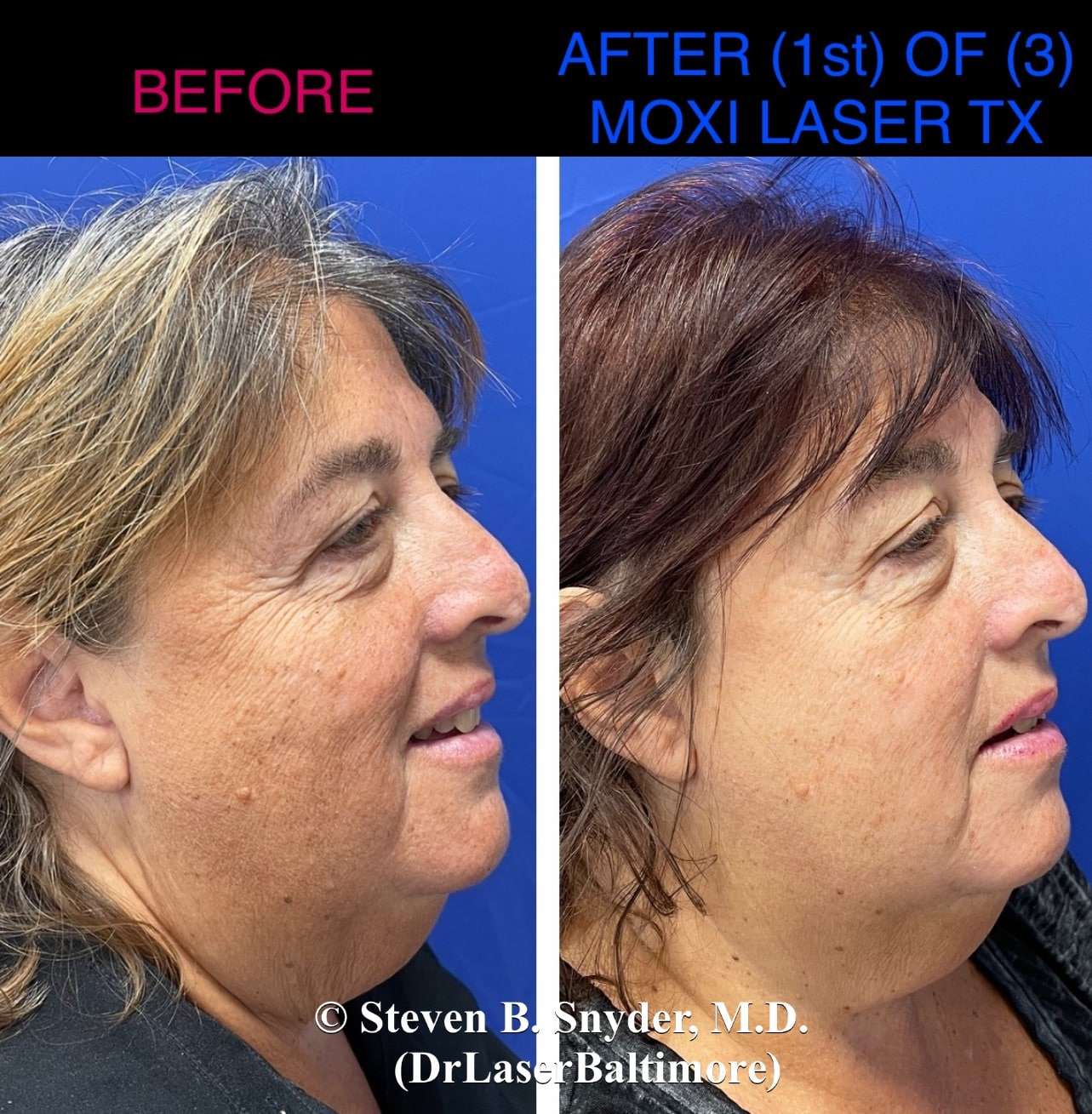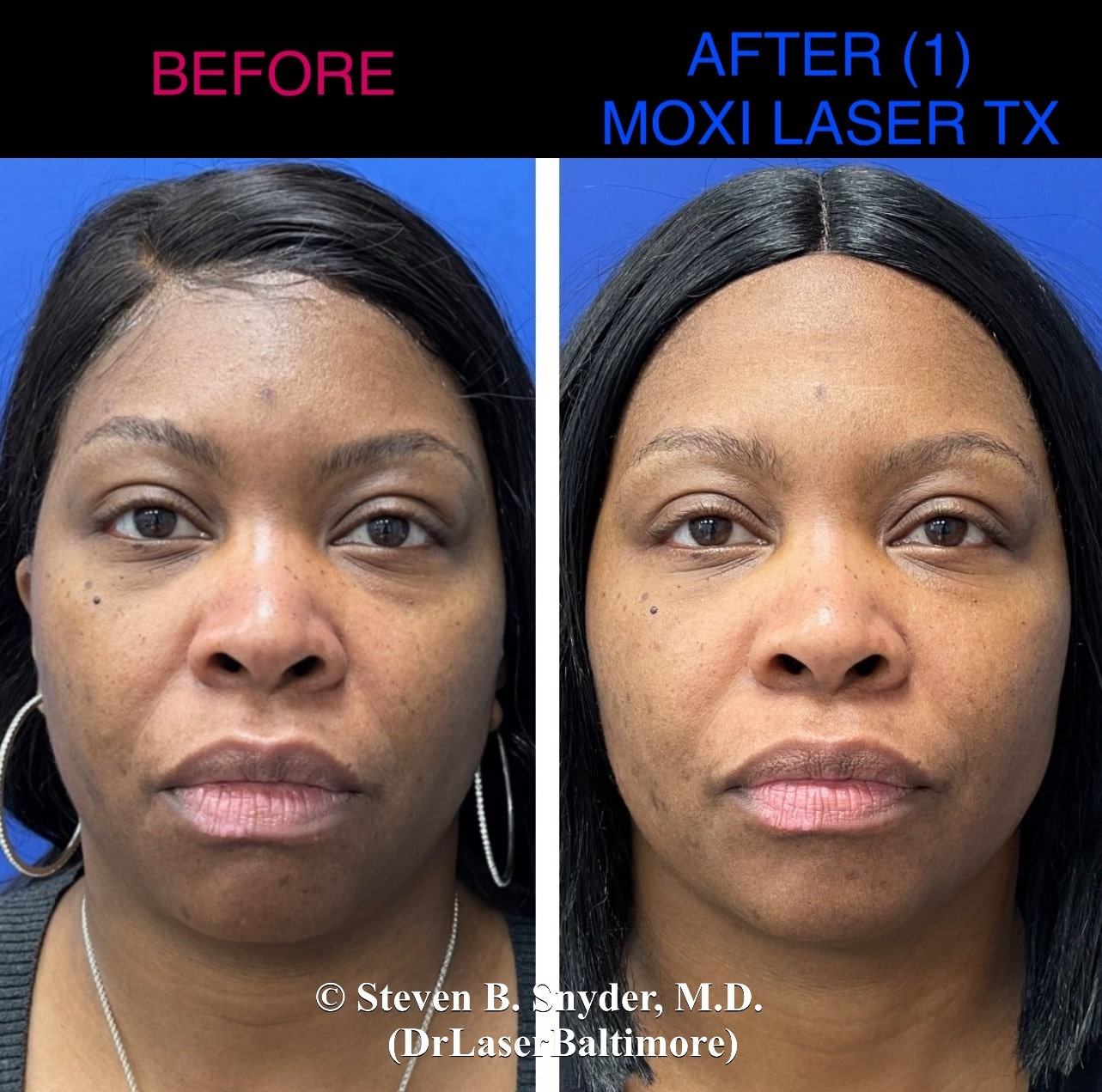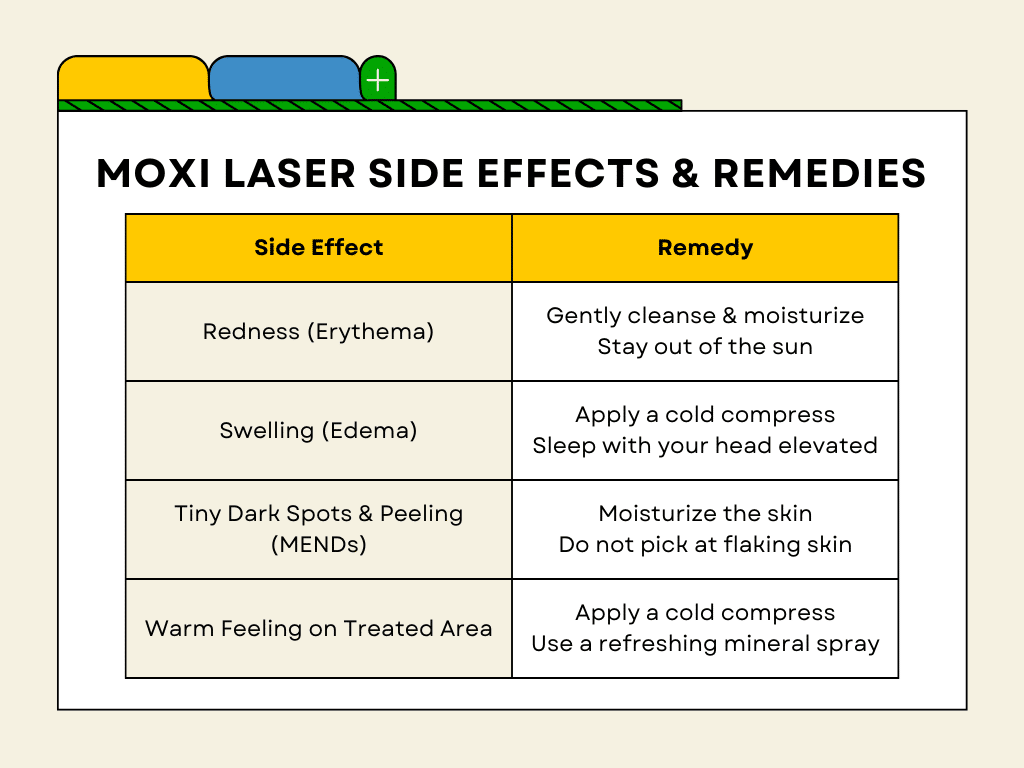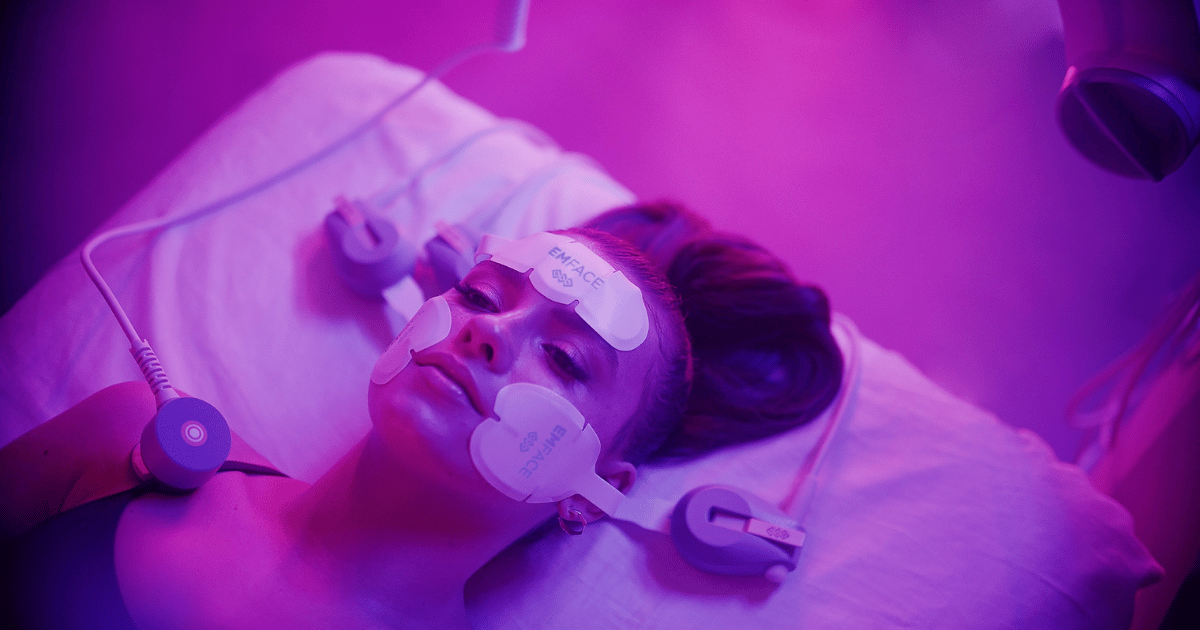
ARTAS Robotic Hair Transplant: What to Expect
Are you struggling with hair loss and the self-consciousness that often comes with it? Losing hair can be a very difficult part of life, no matter the underlying cause. For many people, hair color, style, and fullness are integrally connected to their sense of self-worth. They may view their hair as a crucial part of who they are and how they view themselves.
While hair loss isn’t a life-threatening problem, it can certainly have a powerful impact on a person’s self-esteem. If you’re searching for a long-term solution to hair thinning or baldness, here are a few things you should know about ARTAS robotic hair transplants.
What Is a Hair Transplant?
A hair transplant is a procedure that takes either artificial or real hair and transplants it wherever you need it. While artificial hair transplants do happen, it’s more common for surgeons to transplant the patient’s natural hair. The donor hair most often comes from somewhere on the back of the head where it’s not as noticeable when it’s removed. Then, it’s transplanted into the front, sides, or top of the head – wherever it’s needed to fill in thin or bald areas.
Most surgeons use follicular unit strip surgery (FUSS) or follicular unit extraction (FUE) to transplant hair. FUSS is a more invasive treatment than FUE and tends to leave larger scars behind. With FUSS, a surgeon collects donor grafts by removing narrow strips of scalp from the back of the head. They stretch the adjacent sections of the scalp closed and sew them together to seal up the wound. Then, they divide the harvested strips of scalp into up to 2,000 individual grafts and carefully graft them into the desired areas of the scalp.
FUE takes a less invasive approach to hair transplantation. During this procedure, the surgeon removes individual hair follicles from the donor site instead of removing thousands of them in a long strip. Since the surgeon removes hair follicles one at a time, the process only leaves pinpoint scars behind. After graft harvesting, the surgeon carefully inserts each graft into the balding area to fill it in. This painstaking procedure requires a great deal of precision and a steady hand.
What Is an ARTAS Robotic Hair Transplant?
An ARTAS FUE hair transplant procedure is a lot like a traditional FUE hair transplant, but even more precise. A surgeon uses a robotic ARTAS arm to carefully extract donor hair follicles. They also have the help of cutting-edge technology including microscopic 3D imaging and videos. These features help surgeons achieve a higher degree of accuracy when extracting and implanting hair follicles.
Benefits of an ARTAS Hair Transplant
A hair transplant is an excellent solution for hair loss. It can lead to natural-looking hair regrowth in the transplanted areas. Once the surgeon takes the follicles from one area and grafts them into another, they’re there to stay. If you’re wondering whether you should get a traditional FUE transplant or an ARTAS hair transplant, your surgeon can help answer that question for you. However, it’s also important to learn as much as you can about each procedure so you’re better equipped to choose between them. Some of the top benefits associated with an ARTAS hair transplant include:
- Natural-looking results
- Suitable for all hair densities and textures
- No long, noticeable scars on the back of your head
- Notable improvement in the thickness and appearance of your hair
- Permanent results
- Minimally invasive procedure
- Rapid recovery time with no stitches or plugs
- Precise, robotic-assisted transplant process
ARTAS robotic-assisted hair implants can cover up signs of hair thinning or baldness without unsightly scars. This may be the ideal treatment for you if you want to restore a full head of hair without the lengthy downtime or stitches associated with FUSS procedures.
Am I a Good Candidate for an ARTAS FUE Hair Transplant?
Not everyone is a good candidate for an ARTAS FUE hair transplant. Patients with very early hair loss or excessively bald areas and not enough donor follicles may not qualify for this treatment. However, you may be a great candidate for an ARTAS hair transplant if you:
- Have androgenetic alopecia (pattern baldness)
- Want to improve your hair density in thinning areas
- Are in good overall health
- Want to restore a natural-looking hairline
- Have realistic treatment expectations
- Are at least 25 years old
- Have sufficient donor hair follicles for harvesting and grafting
If you think you’re a good candidate, it’s time to schedule a consultation with a skilled surgeon. They’ll go over your medical history and analyze your current hair loss. Then, they’ll determine whether ARTAS hair restoration is right for you. They can also give you a customized hair transplant cost estimate so you know what to expect.
What to Expect During ARTAS Robotic Hair Transplant Treatment
ARTAS hair transplant appointments typically take between four and eight hours to complete. The length of your appointment depends on how many follicles are being harvested and grafted into the new location. You’ll receive a local anesthetic to keep you comfortable throughout treatment. Most providers allow patients to bring a book, music with headphones, or a smart device for entertainment purposes.
You’ll either lie down or maintain a seated position throughout your procedure. Your surgeon should offer breaks as needed so you can use the bathroom, eat, or simply move around for a bit. Your surgeon should give you detailed instructions on how to care for the harvest and grafting sites after treatment.
Though it’s possible some of the hair transplants won’t survive the grafting process, most of them should grow and thrive in their new location. As the treatment site heals and the new hair grows out, you should be able to wash, brush, and comb the transplanted hair just as you do with the rest of your hair.
ARTAS Hair Transplant Recovery: What to Expect
You may feel minor treatment site discomfort for up to a week after your procedure. You should be able to manage any pain with over-the-counter pain medications. Only take non-aspirin options such as acetaminophen.
A few weeks after your robotic hair transplant, you may notice the newly transplanted hairs falling out. Don’t let this alarm you. It’s called the “shock loss” phase and it’s a natural part of the healing process. Post-treatment shedding can last up to a few months, but it will eventually stop. Then, the transplanted follicles will enter a resting phase. You won’t see much hair growth during this period, which can span several months.
By the time you enter the fourth month, you should see the first signs of new hair growth. The new hairs may be colorless and very fine at first. It may also look unnervingly patchy. But as growth continues, the hairs should grow thicker, stronger, and fuller. The growth stage after ARTAS hair implants can last up to a year.
You can expect to see the final results of your ARTAS hair transplant about a year after your initial treatment. For the next few months, your new hair will continue growing at a slow rate. After this final recovery period, you’ll be able to enjoy the permanent results of your hair restoration procedure.
ARTAS Hair Transplant Aftercare Dos and Don’ts
You should always follow your surgeon’s aftercare instructions to optimize your recovery experience and final treatment results. However, you may also wish to refer to this handy list of ARTAS hair transplant aftercare dos and don’ts:
- DO protect your scalp from sunlight exposure for at least a week after treatment.
- DO keep your treatment site clean and moisturized to promote healing.
- DO avoid picking at or scratching your scabs. They’ll fall off on their own after about a week.
- DO drink plenty of water to keep your body hydrated so it can heal.
- DO eat a healthy diet to give your new hair the nutrients required to grow healthy and thick.
- DO prioritize sleep during your recovery period.
- DO be patient with your body. Hair regrowth after an ARTAS hair transplant can be a slow process, but the wait will be worth it in the end!
- DON’T comb or brush your hair too soon after your treatment. Your surgeon may recommend waiting until all your scabs have fallen off.
- DON’T immediately engage in strenuous activities that can cause swelling and bleeding at the hair transplant sites. Wait until your surgeon clears you to exercise.
- DON’T try to cover scabs with hats, hair ties, or headbands. These can negatively impact hair regrowth and put excessive pressure on the grafting sites.
- DON’T go swimming for at least two weeks after your appointment.
- DON’T smoke or use nicotine after your treatment. These substances can increase your risk of post-treatment side effects and slow down your healing process.
ARTAS Robotic Hair Transplant Near Me
Everyone deserves confidence from having a full head of thick, lush hair. An ARTAS robotic hair transplant may be a great treatment option if you have notable hair recession or balding areas. Contact Laser Doc at 410-356-0000 to schedule a complimentary consultation and find out if you’re a good candidate for this leading-edge treatment.
Schedule a Free Consultation
Schedule an appointment via phone at (410) 356-0000 or fill out the form below:
By submitting this form you agree to be contacted via phone/text/email. Reply "Stop" to opt out.
Schedule a Free Consultation
Schedule an appointment via phone at (410) 356-0000 or fill out the form below:
By submitting this form you agree to be contacted via phone/text/email. Reply "Stop" to opt out.







